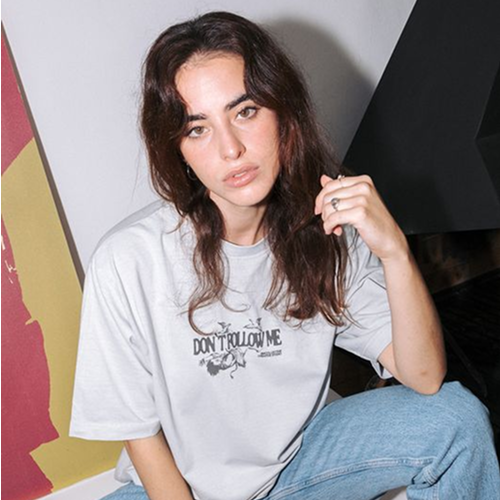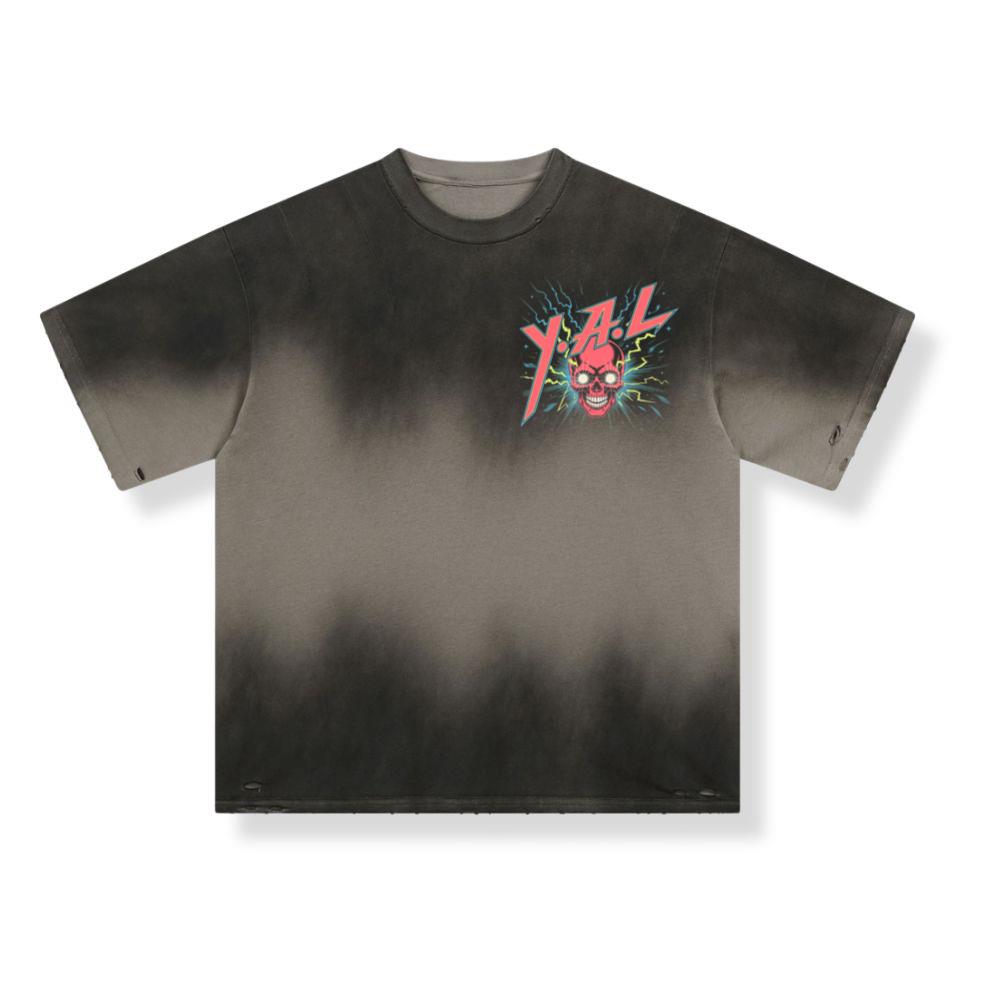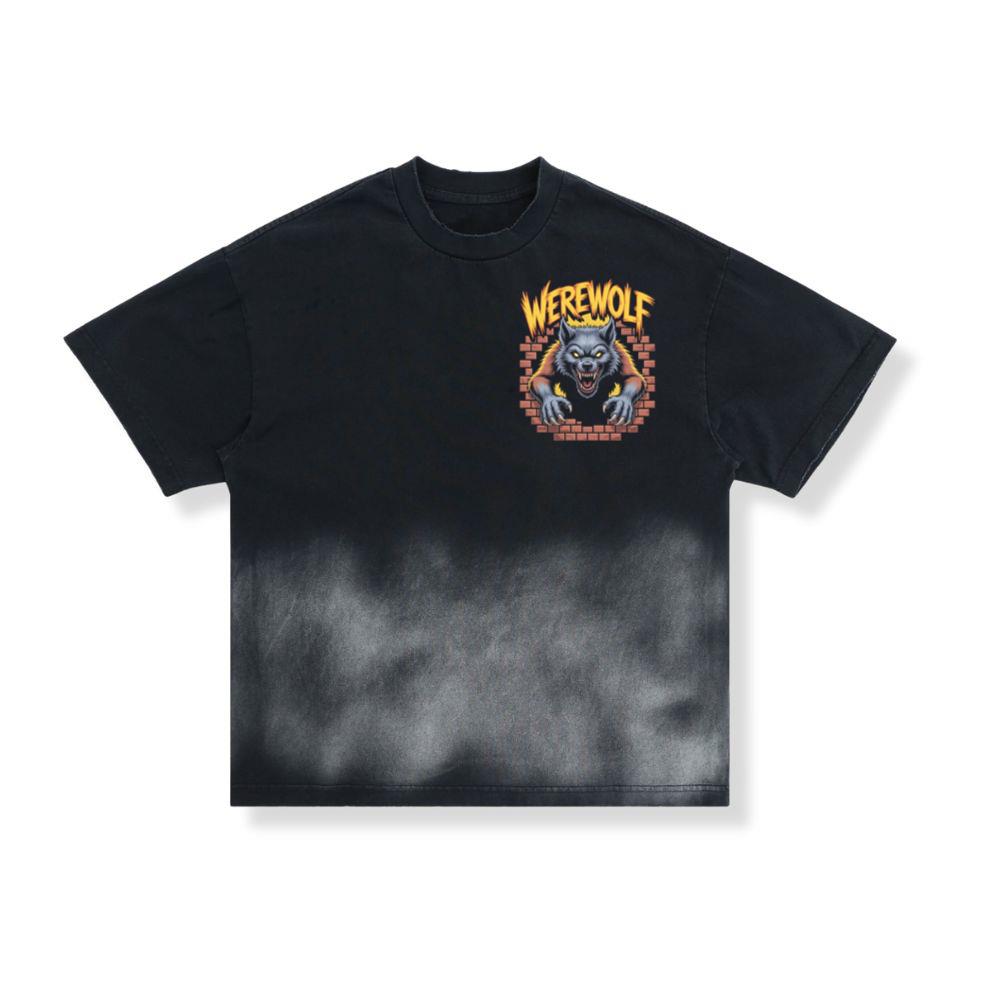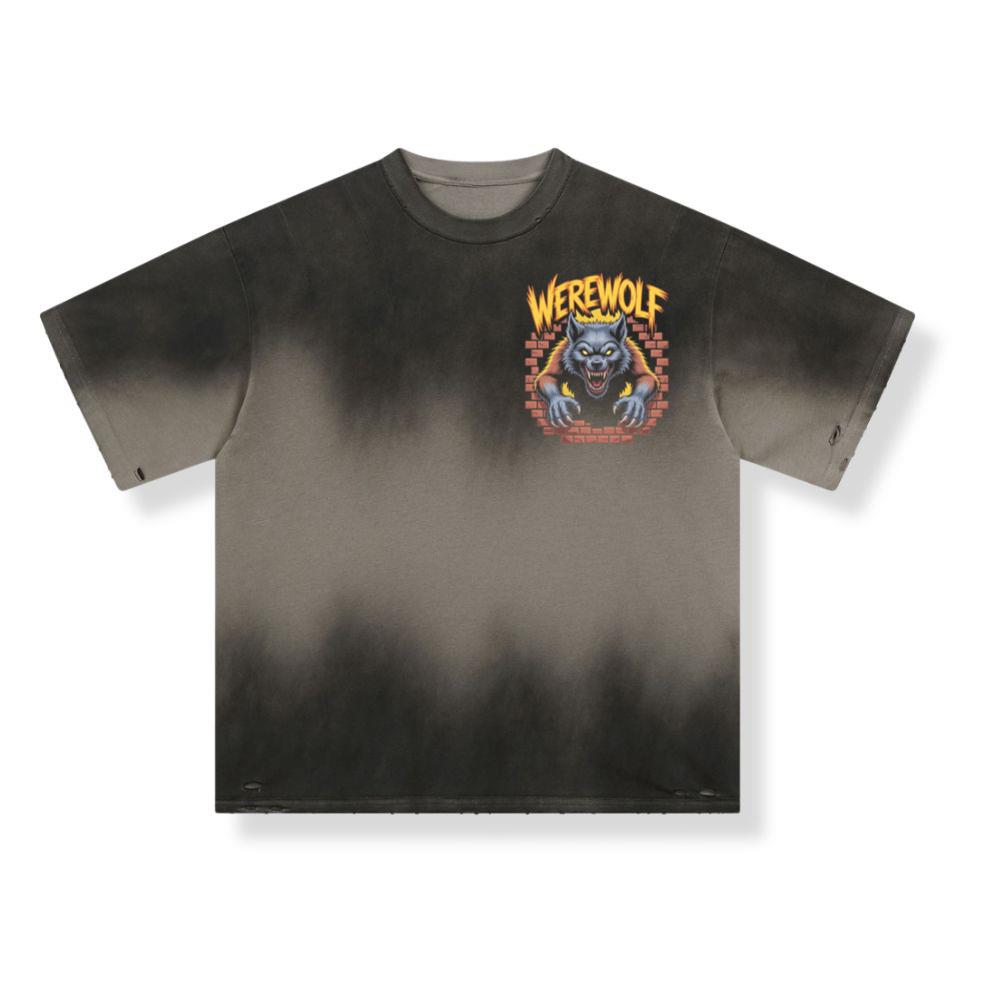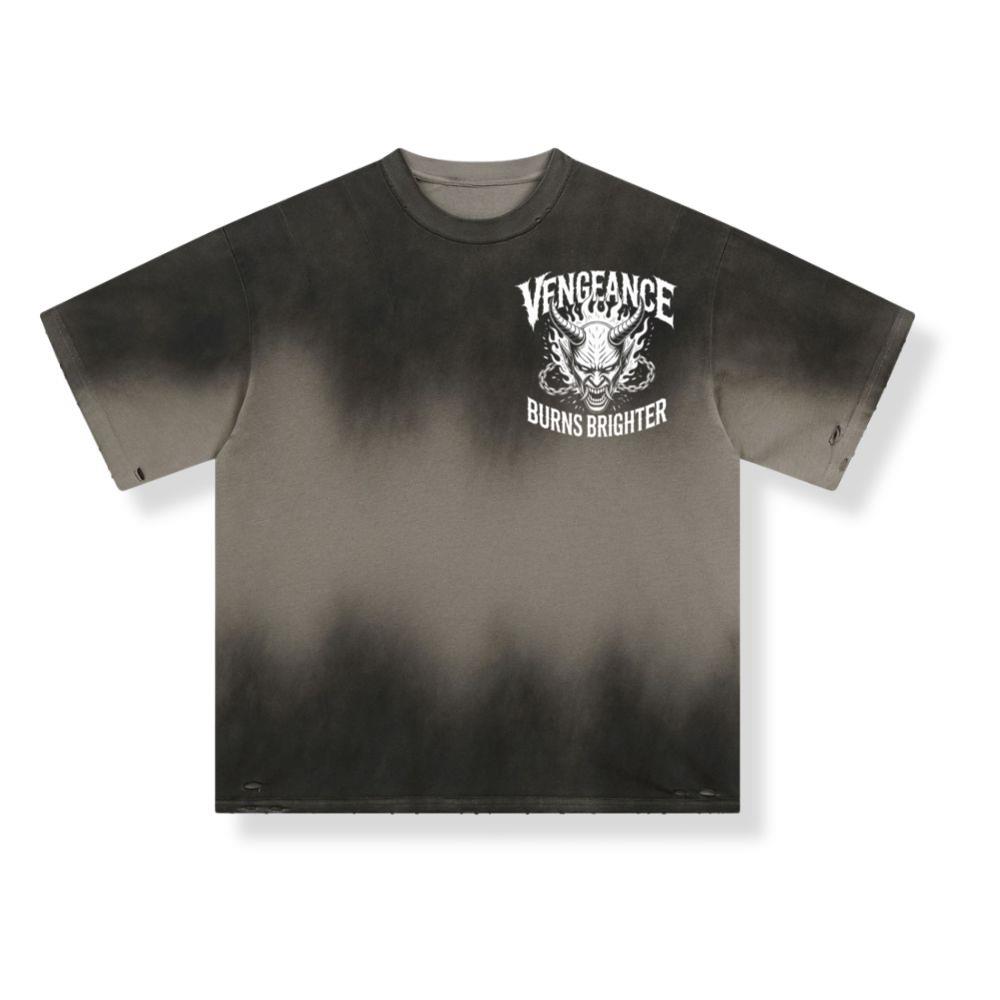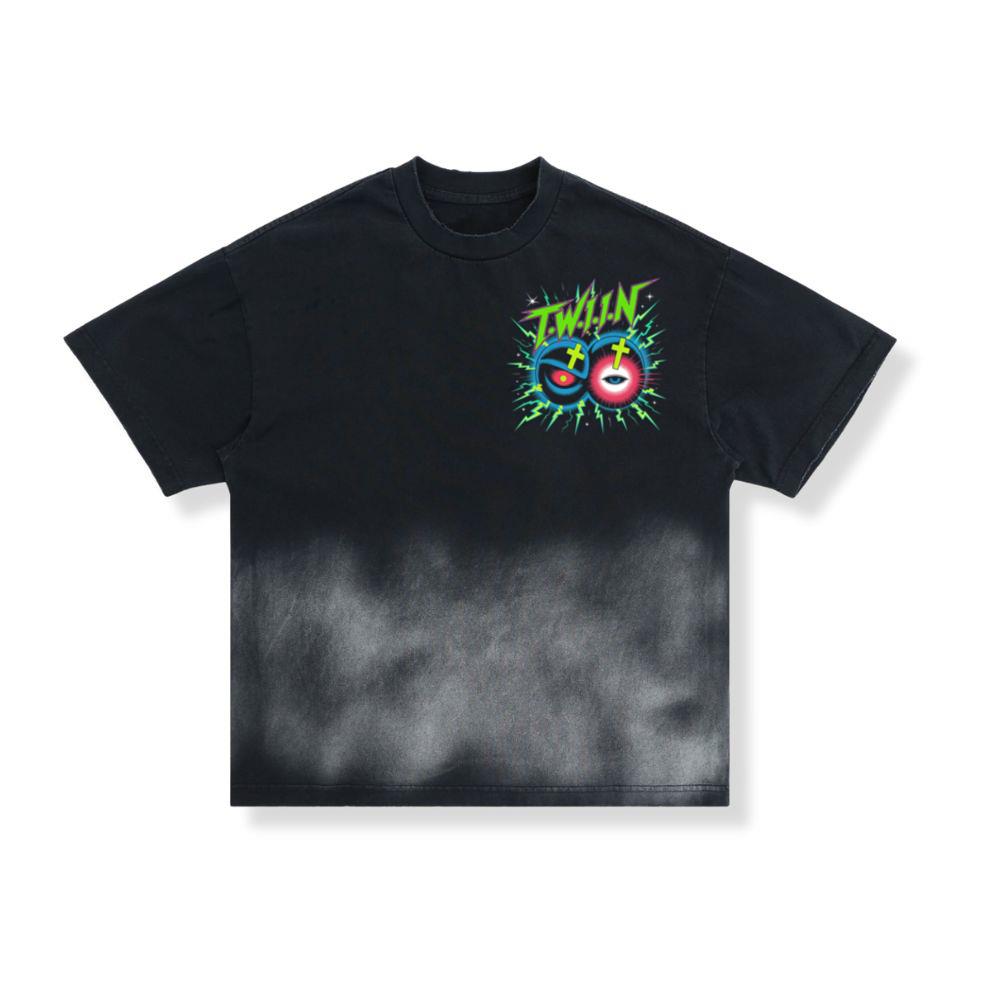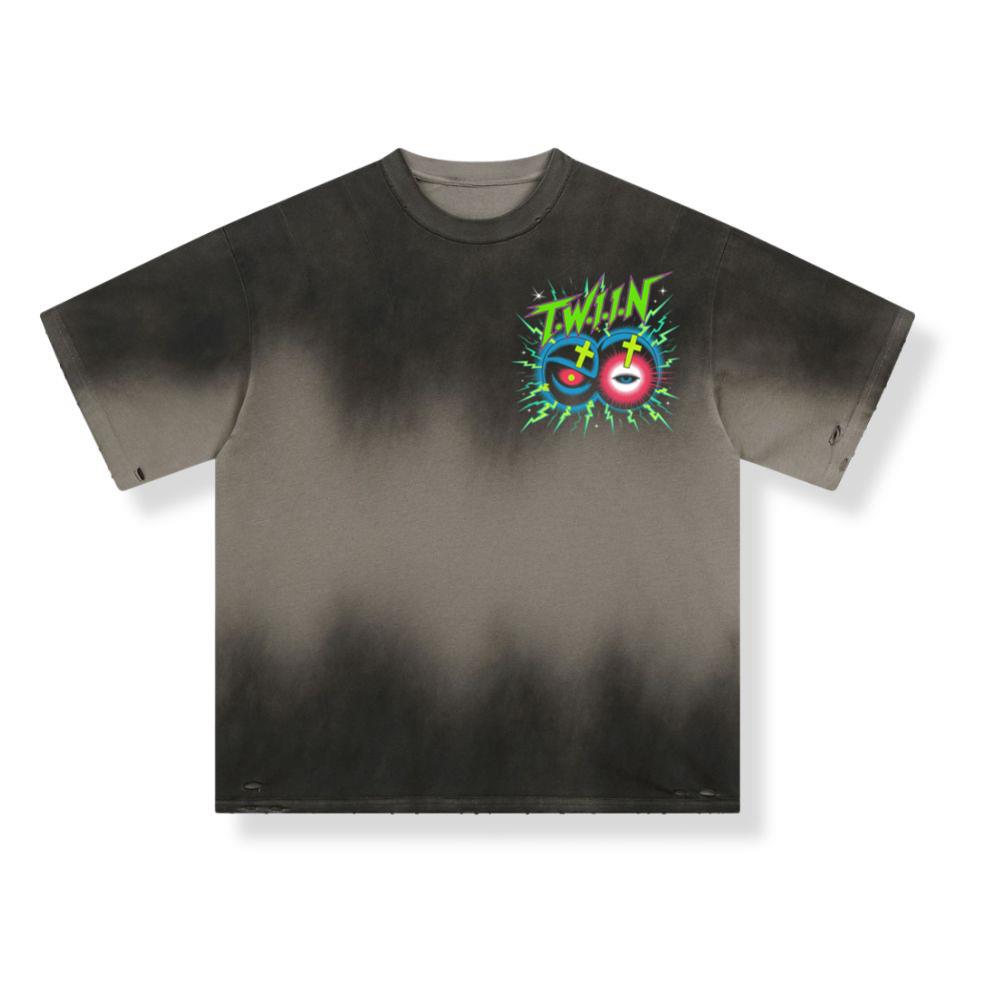- The Birth of the Hoodie – A Functional Revolution
The hoodie didn’t start as a fashion statement. It began as a practical garment, designed purely for workers in cold warehouses during the 1930s. The now-iconic brand Champion was one of the first to produce the modern hooded sweatshirt, created to keep laborers warm in frigid conditions. It was simple, thick, and purely utilitarian.
But that’s the beauty of the hoodie’s evolution — something created for work became a symbol of youth, rebellion, and cultural identity. The humble hoodie made its way from factory floors to campuses, from the streets to luxury runways. What started as protection from the cold became protection from conformity.
- The Hoodie and Identity – A Symbol Beyond Fabric
No piece of clothing in modern history has been as loaded with meaning as the hoodie. Depending on who wears it and where it’s worn, it can convey completely different messages.
For athletes, the hoodie became a part of pre-game rituals. Think of boxers, football players, or sprinters warming up in their hoodies — it’s the image of focus, preparation, and solitude before the storm.
For youth subcultures, the hoodie evolved into an expression of resistance and belonging. Skaters wore it to defy norms. Rappers made it an emblem of authenticity and street credibility. Graffiti artists pulled up their hoods not just for anonymity, but as a quiet badge of identity.
And then came the digital age — where coders, creatives, and tech founders like Mark Zuckerberg and Evan Spiegel wore hoodies to redefine what power dressing meant. Suddenly, the hoodie wasn’t just rebellion. It was the uniform of innovation.
- The Streetwear Takeover – From Subculture to Mainstream
The hoodie’s biggest leap came with the rise of streetwear culture. In the 1990s and 2000s, brands like Supreme, A Bathing Ape (BAPE), and Stüssy transformed the hoodie into a luxury collectible. Limited-edition drops created frenzy, and owning the right hoodie became as much a statement as driving the right car.
Streetwear turned the hoodie into currency — something to be traded, flexed, and admired. Collaborations between streetwear and luxury houses like Louis Vuitton x Supreme and Balenciaga’s oversized hoodies blurred the line between comfort and couture.
Now, every major designer includes a hoodie in their seasonal lineup. Once the uniform of the overlooked, the hoodie became the outfit of those who set trends.
- The Psychology of the Hoodie – Why We Love It
There’s something deeply human about our attachment to hoodies. The soft cotton, the loose silhouette, the hood you can pull up when you want to disappear — it’s comfort, privacy, and warmth rolled into one.
Hoodies offer emotional comfort in addition to physical comfort. They make us feel safe. Studies in fashion psychology suggest that what we wear can influence how we feel — and hoodies, by their very nature, offer a sense of protection and ease.
The hoodie says: I’m here, but I don’t need attention.
It allows people to express confidence without trying too hard — what modern culture calls “low-effort cool.”
- The Hoodie in Pop Culture
From Rocky Balboa’s gray training hoodie to Travis Scott’s oversized Astroworld merch, the hoodie has had endless iconic moments.
In film and music, the hoodie often stands as a metaphor for the underdog. It represents characters who rise from nothing — who train, fight, hustle, and create.
In hip-hop, the hoodie became almost sacred. It reflected urban struggle, creative independence, and the spirit of resilience. Artists like Kanye West, Kendrick Lamar, and Rihanna turned hoodies into symbols of cultural storytelling.
Even today, fans line up for hours to buy a tour hoodie — not just for the print, but for the moment it represents. Wearing it means you were part of something bigger — an experience, an era, a movement.
- The Hoodie in Modern Fashion – A Canvas for Creativity
Designers now treat hoodies as blank canvases — exploring textures, colors, and silhouettes that go far beyond the basic cotton pullover.
We see cropped hoodies redefining femininity, oversized silhouettes blurring gender lines, and technical fabrics merging style with performance.
Luxury houses are experimenting with embroidery, graphics, and high-quality materials that turn hoodies into art pieces. A once-humble garment now finds itself displayed next to tailored coats and Italian leather shoes in high-end boutiques.
And yet, despite the reinvention, the hoodie’s core hasn’t changed: it’s still about comfort and individuality. Whether it’s minimalistic or bold, each hoodie tells a personal story.
- Sustainability and the Future of the Hoodie
As consumers grow more conscious of the environment, the future of hoodie production lies in sustainability. Brands are adopting organic cotton, recycled polyester, and fair-trade manufacturing.
Independent labels are leading this shift, proving that ethical production can coexist with street style. Companies like Pangaia and Tentree are setting new standards, crafting hoodies that look good, feel good, and do good.
Even fast-fashion brands are under pressure to move toward more sustainable practices — because the next generation of hoodie lovers cares as much about the planet as they do about looking stylish.
- The Hoodie and Self-Expression
The hoodie’s true magic lies in how personal it is. Every stain, every fold, every logo tells a story.
Some people wear hoodies to hide; others wear them to be seen. Some wear them for comfort; others for confidence.
You might wear an old college hoodie to remember who you were — or a new designer hoodie to express who you’re becoming.
The hoodie evolves with us, adapts to every stage of life, and never judges.
It’s fashion’s most democratic garment — no gender, no age, no boundaries.
- The Global Hoodie Phenomenon
From Tokyo to Los Angeles, London to Seoul — the hoodie speaks a universal language.
It bridges cultures, unites communities, and proves that fashion can be simple yet powerful.
In South Korea, minimalist neutral hoodies pair with wide-leg trousers.
In the U.S., oversized graphic hoodies scream individuality and youth energy.
In Europe, sleek monochrome hoodies represent understated confidence.
No matter the style, the message remains: comfort doesn’t mean compromise.
- The Hoodie Manifesto
Let’s end with what the hoodie stands for today — a set of unspoken truths:
Comfort is strength. You don’t have to be uncomfortable to look confident.
Individuality matters. The hoodie lets you be whoever you want — loud, quiet, bold, or chill.
Culture evolves. What was once rebellion is now mainstream — but the heart remains the same.
Fashion is freedom. And the hoodie, more than any garment, gives us that freedom.



